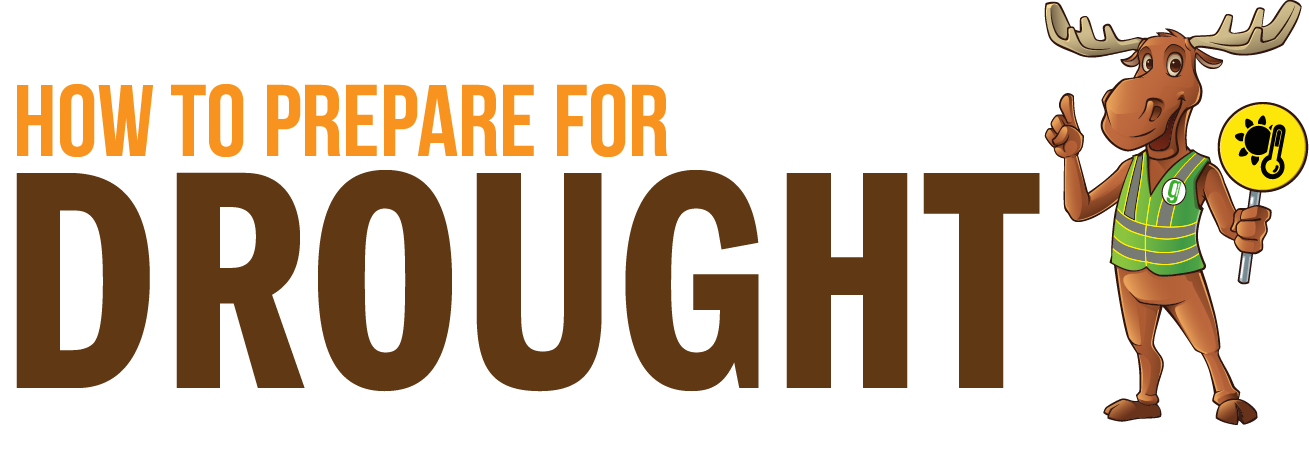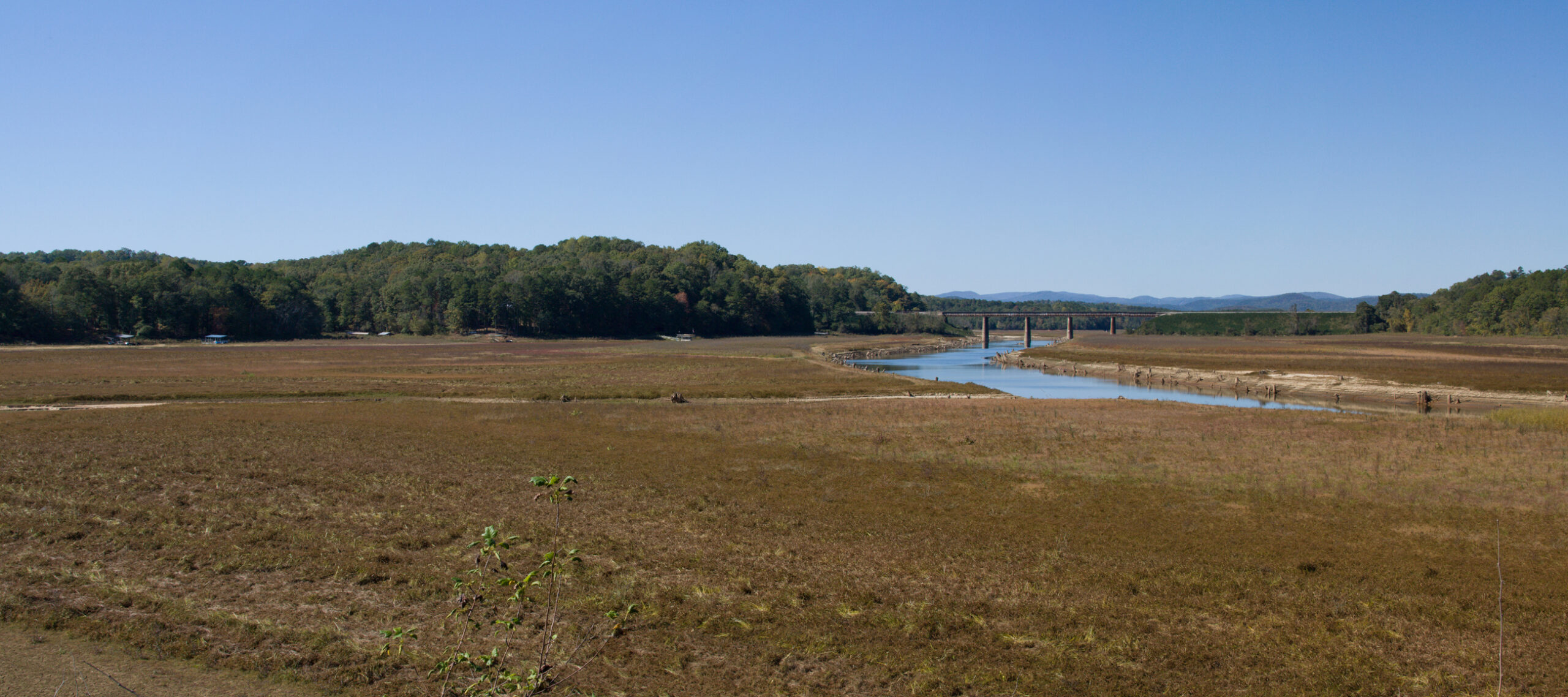

Strategies for drought preparedness focus mainly on water conservation. Make these practices a part of your daily life and help preserve this essential resource.
Indoor Water Conservation Tips Prior to a Drought
GENERAL
- Never pour water down the drain when there may be another use for it. For example, use it to water your indoor plants or garden.
- Repair dripping faucets by replacing washers. One drop per second wastes 2,700 gallons of water per year.
- Check all plumbing for leaks and have any leaks repaired by a plumber.
- Retrofit all household faucets by installing aerators with flow restrictors.
- Install an instant hot water heater on your sink.
- Insulate your water pipes to reduce heat loss and prevent them from breaking.
- Choose appliances that are more energy and water efficient.
BATHROOM
- Consider purchasing a low-volume toilet that uses less than half the water of older models.
- Install a toilet displacement device to cut down on the amount of water needed to flush. Place a one-gallon plastic jug of water into the tank to displace toilet flow (do not use a brick, it may dissolve and loose pieces may cause damage to the internal parts). Be sure installation does not interfere with the operating parts.
- Replace your showerhead with an ultra-low-flow version.
KITCHEN
- Start a compost pile as an alternate method of disposing of food waste or simply dispose of food in the garbage. (Kitchen sink disposals require a lot of water to operate properly).
Outdoor Water Conservation Tips Prior to a Drought
GENERAL
- Plant native and/or drought-tolerant grasses, ground covers, shrubs, and trees. Once established, plants adapted to your local climate do not need water as frequently and usually will survive a dry period without watering. Small plants require less water to become established. Group plants together based on similar water needs.
- Install irrigation devices that are the most water efficient for each use, such as micro and drip irrigation, and soaker hoses.
- Use mulch to retain moisture in the soil. Mulch also helps control weeds that compete with landscape plants for water.
- Avoid installing ornamental water features (such as fountains) unless they use re-circulated water.
- Consider rainwater harvesting where practical.
LAWN CARE
- Position sprinklers so water lands on the lawn and shrubs and not on paved areas.
- Repair sprinklers that spray a fine mist. Most misting issues result from a pressure problem, properly regulating pressure in an irrigation system will prevent misting.
- Check sprinkler systems and timing devices regularly to be sure they operate properly.
- Raise the lawn mower blade to at least three inches or to its highest level. A higher cut encourages grass roots to grow deeper, shades the root system, and holds soil moisture.
- Plant drought-resistant lawn seed. Reduce or eliminate lawn areas that are not used frequently.
- Avoid over-fertilizing your lawn. Applying fertilizer increases the need for water. Apply fertilizers that contain slow-release, water-insoluble forms of nitrogen.
- Choose a water-efficient irrigation system such as drip irrigation for your trees, shrubs, and flowers.
- Invest in a weather-based irrigation controller—or a smart controller. These devices will automatically adjust the watering time and frequency based on soil moisture, rain, wind, and evaporation and transpiration rates.

